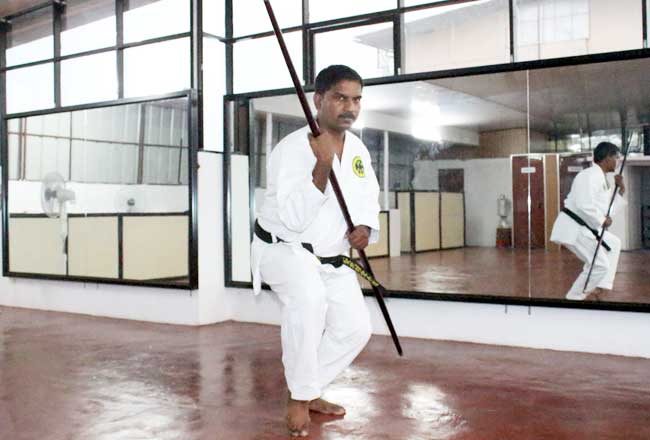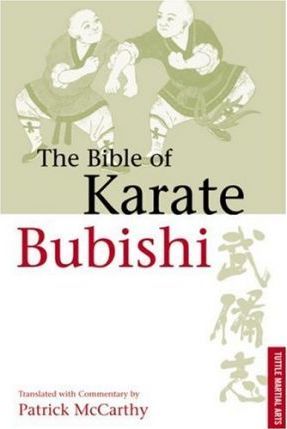 Martial Philosophy based on Bubishi, the Karate Bible
Martial Philosophy based on Bubishi, the Karate Bible
We have been practising Karate Kihon Renshu (basics techniques or PT 1), Zenshin Kottai ( moving techniques or PT2), Ippon Kumite ( one step sparring), Sanpon Kumite( three step sparring) , Kumite (free sparring), etc., etc.. Regardless of belt and grade, we have all been working on these again and again for many years to make the same even better. Indeed, these efforts give us better strength, speed, mobility, good health, and, finally, a disciplined character. But only when we apply the fundamental martial philosophy to our daily toil will it bear the real fruit—true martial ability and morale.
Here are some martial tips directly taken from the Bubishi, translated and commented on by Sensei Patrik McCarthy. A few words about Bubishi : It is the collection of ancient martial arts techniques, philosophy, vital points attacks/death touches and Chinese Medicine/Herbal pharmacology that originated in China, was brought to Okinawa, referred to and studied by all the stalwarts of Okinawan karate to shape their karate style. It is known as the Karate Bible.
Developing inner strength
1) Isolate yourself from all external distractions and concentrate solely on your intention.
2) Synchronize and coordinate your breathing with your muscular activity. When you extend your arm, exhale and strike, but conserve 50% of your air and never expel all of your air at once.
3) Concentrate on your breathing and become aware of every part of your body.
4) Muscular contractions in the deltoid, trapezius, latissimus dorsi, serratus anterior, and pectoral muscle groups must be constant but pliable.
5) To encourage perfect diaphragmatic breathing, the spine must be parallel to the stomach.
6) Techniques are done forward and backward from where the elbows meet the waist.
Movement Principles
1) Foot movements similar to walkingOne initiates the step naturally and concludes it with firmness.
2). Smoothly make each step identical to the last, with the big toe of the rear foot aligned with the heal of the other (shoulder-width apart).
3) Foot movement, both in a forward and backward direction, should correspond to the crescent shape of a quarter moon with the knees slightly bent, moving quietly.
4) Leg muscles must be firm but flexible to allow for mobility.
Advice for engagement
1) The mind must be calm while remaining alert.
2) Look for what is difficult to see.
3) Use your peripheral vision.
4) Remain calm when you're facing your opponent.
5) Exhibit self-assurance through your body language and facial expressions.
6) Take a mobility-promoting posture.
Using hands
1) "Hand techniques require the use of the body." The body generates the power, and the hands serve as the instruments of contact. "Like a cat catching a rat, a tiger pulls down a wild boar with its body; the claws serve as the means of contact."
2) "It takes great courage and skill to take out an adversary with a calm mind." "True masters establish a balance between their lives and their art to such a degree that their lives become as much a product of the art as the art is a product of their lives."
3) "When thrusting with the tips of the fingers, maximum force is achieved only when the four fingers are squeezed tightly together and supported by the thumb. Cultivating this special technique, one can generate remarkable force. "
Balance
1) "Perfect balance is a reflection of what is within." It is also a prerequisite for combative proficiency. It is by mastering balance that one is able to easily take advantage of, or deliberately create, a weakness in an opponent’s posture. Such weaknesses must be attacked without hesitation. "
2) "If someone attempts to seize your surprise, you might be better off escaping, re-establishing your balance, and then engaging the opponent." However, the circumstances dictate that it is good to employ evasive tactics when forcefully attacked. "It is a good time to launch a counter-offensive upon perceiving that the opponent’s energy is exhausted."
3) "Like the sun’s strength, your energy must radiate outward; your eyes should be as clear as the moon, and your legs should be like the rolling wheels of a cart. Your posture, too, from head to toe, must be evenly balanced so that foot work and hand techniques support each other. If everything is in balance, no one will be able to defeat you. "
4) "Be sure to practise according to your teacher’s advice and always be open to learning the ways of others." Based upon our experience, it takes a long time to achieve perfection. Do not be in a hurry; patience is a virtue. Above all, be honest with yourself, do not deceive others, and live a modest life. If you do not follow these rules, you will never realise the way. "
Keeping these great principles in heart, let us continue our karate life in a better and more meaningful way.
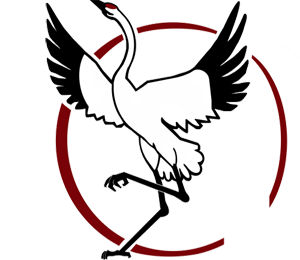 Two Cranes and a Chinese Lass
Two Cranes and a Chinese Lass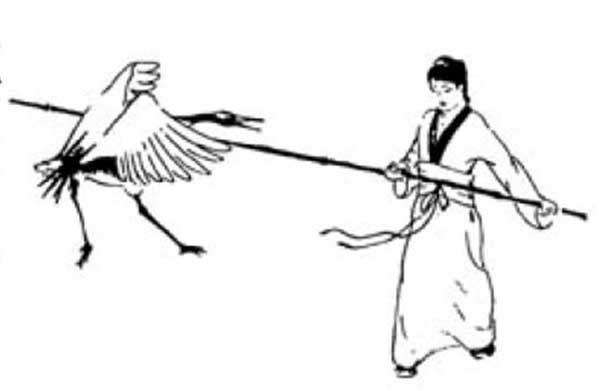
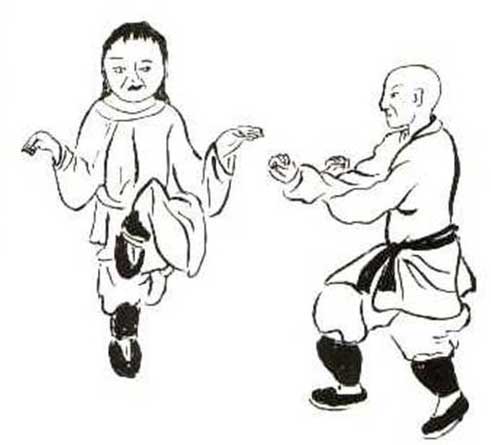
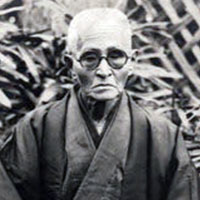 For its core principles, the Shorin-Ryu Seibukan Karate style is heavily based on Kyan's Karate system.
For its core principles, the Shorin-Ryu Seibukan Karate style is heavily based on Kyan's Karate system.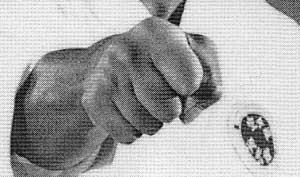
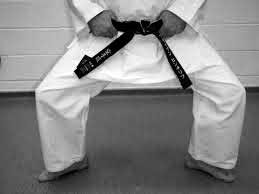
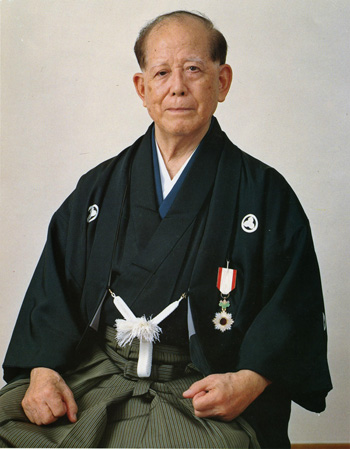 Fukyugata Ichi
Fukyugata Ichi